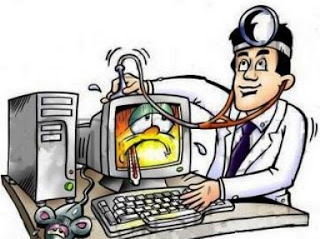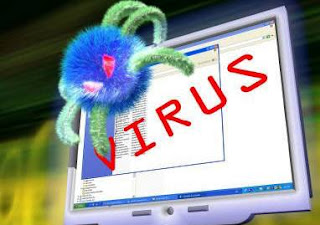 Phishing is an e-mail fraud method in which the perpetrator sends out legitimate-looking email in an attempt to gather personal and financial information from recipients. Typically, the messages appear to come from well known and trustworthy Web sites. Web sites that are frequently spoofed by phishers include PayPal, eBay, MSN, Yahoo, BestBuy, and America Online. A phishing expedition, like the fishing expedition it's named for, is a speculative venture: the phisher puts the lure hoping to fool at least a few of the prey that encounter the bait.
Phishing is an e-mail fraud method in which the perpetrator sends out legitimate-looking email in an attempt to gather personal and financial information from recipients. Typically, the messages appear to come from well known and trustworthy Web sites. Web sites that are frequently spoofed by phishers include PayPal, eBay, MSN, Yahoo, BestBuy, and America Online. A phishing expedition, like the fishing expedition it's named for, is a speculative venture: the phisher puts the lure hoping to fool at least a few of the prey that encounter the bait.Here are some simple steps to protect you from email phishing scams.
- When you receive en email in your inbox from unknown source, do not respond to it or click any links in the email or even download any attachments. Sometimes even opening the email alerts the spammer or put your computer at risk. Delete the contents of your Spam or Junk folder.
- Do not open links from emails even if it comes from a trusted source or friends. You are not sure if your friend's email had been hacked and sends a mass email to every contact in the list. If you click the link, you might be the next victim of the spammer.
- Do not click or download images from an email. Images can actually be harmfully coded that can be used by spammers to determine active email accounts that they can send phishing scams. Although most email providers are default to automatically block these images or better known as "Web beacons", you still have to handle image attachments with extra caution.
- Delete any email that is asking for your personal information, unsubscribe, or forgotten passwords. These types of emails should not be generated unless you asked for it from the website itself. If you happen to accidentally click the links and opened a pop-up window asking you to enter any information, close it immediately. Never ever enter your personal information in a pop-up window unless you are working on a legitimate website at that time.
- Update your antivirus software and your operating system for patches that helps protect your computer from these fraudulent attacks. Email phishing scam is only one of the many activities by cyber criminals to steal information from you so protect yourself by becoming aware.







